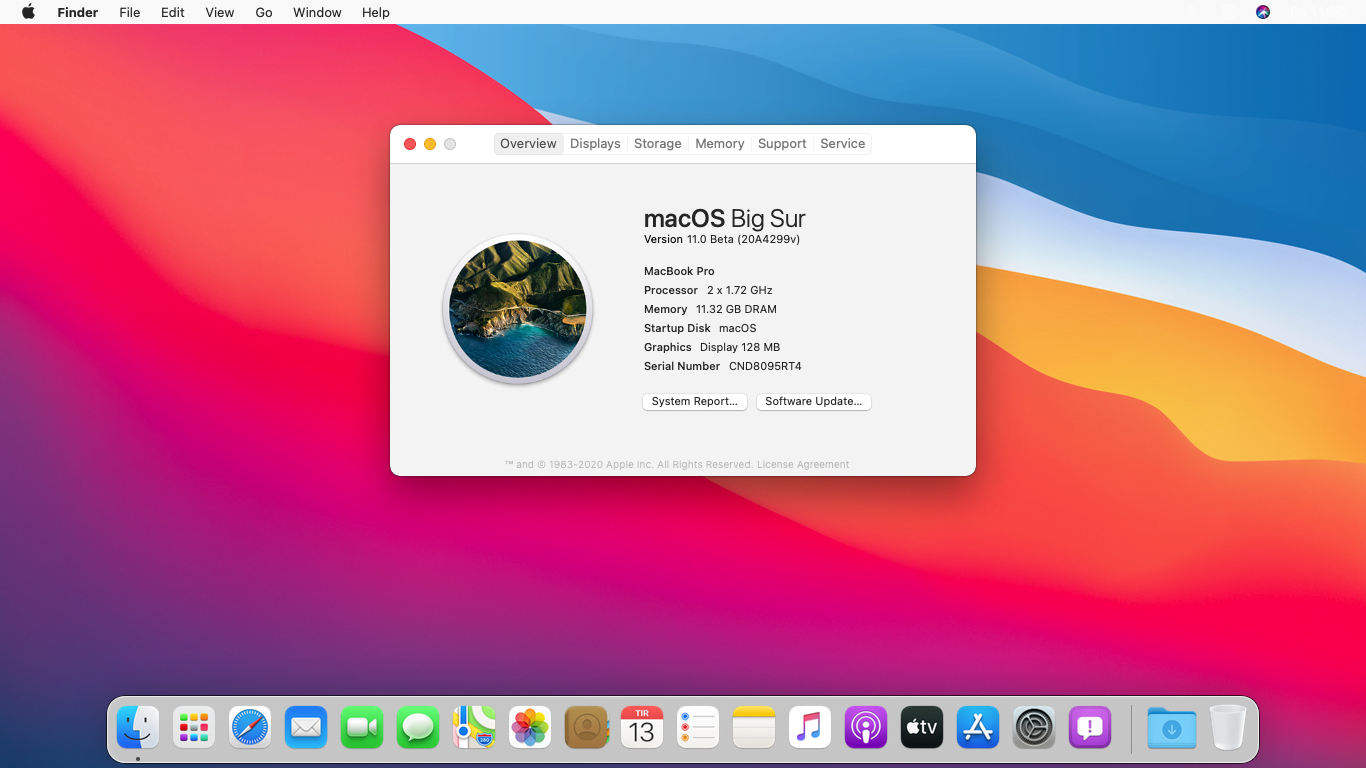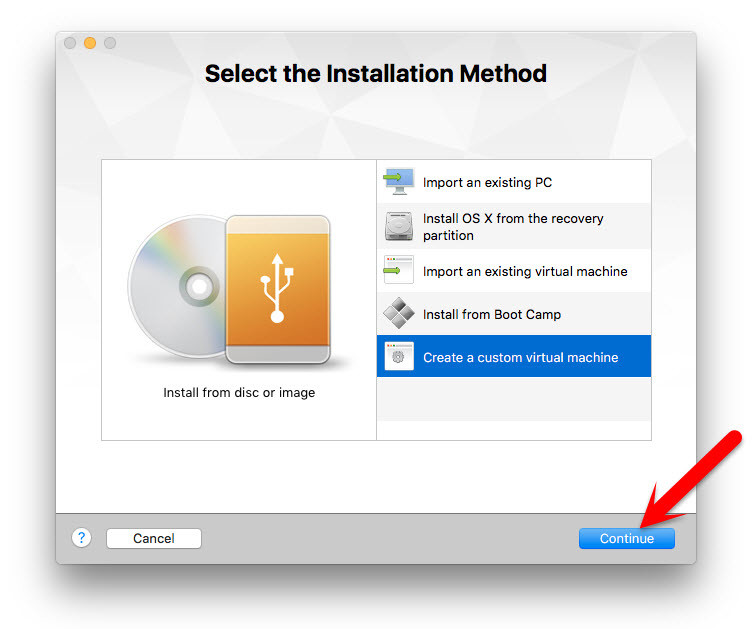

This enrollment method requires communication with Apple Business Manager or Apple School Manager and validation of the device’s serial number along with some other unique identification properties of the device. One other big caveat about using VMs for deployment testing concerns Automated Device Enrollment (ADE). (For example, the Kandji Agent makes use of Metal, Apple’s hardware-accelerated graphics solution, for the sake of energy efficiency and speed.) In addition, as this article was being written, the Software License Agreement for macOS Monterey allows for just two VM instances of the operating system per user-which could be a limiting factor in testing.

That specific limitation can severely limit the capabilities of how the OS behaves and how processes and apps run. Those restrictions included a lack of full hardware access for example, VMs weren’t able to take advantage of GPU acceleration in macOS Monterey. Historically, Kandji has argued against using a macOS VM as your only test platform, due to some inherent limitations. One of the most important use-cases for virtualizing macOS is to test pre-release versions of the operating system a macOS VM can also help validate device deployment workflows.

In macOS it also supports the Virtual I/O Device (VIRTIO) specification, an industry standard used by other virtualization solutions, for greater compatibility. The Virtualization framework is a high-level API that enables the creation of full VMs of macOS and Linux distributions. That’s where the Virtualization framework comes in. But to run a full operating system, you need more than a low-level API. At the software level, developers of virtualization software can leverage the Hypervisor framework, a low-level API that allows for virtualizing the CPU and memory resources needed to run a VM.That means there’s no need to use additional specialized kernel extensions (or “KEXTs”) to do virtualization. At the kernel level, macOS has technologies built-in that can leverage these specialized hardware capabilities.At the hardware level, Apple silicon allows for the sharing of CPU and memory resources.Apple silicon and macOS make virtualization possible on Mac using a combination of hardware and software technologies:

At a high level, virtualization allows you to run multiple operating systems on a single computer those multiple instances are called virtual machines, or “VMs” for short.


 0 kommentar(er)
0 kommentar(er)
